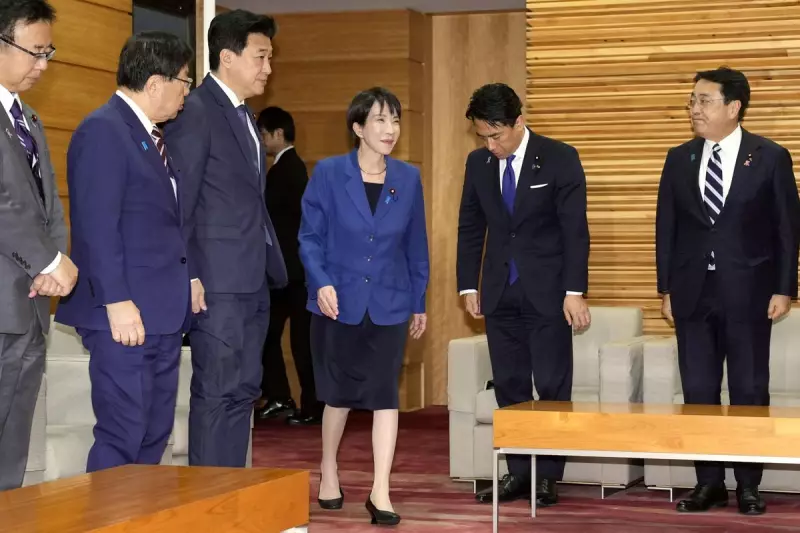
Japan's government has taken dramatic action to revive its faltering economy, approving a 21.3 trillion yen ($135.4 billion) stimulus package designed to combat rising prices and spur growth.
A Bold Economic Gamble
The substantial spending plan, approved by Prime Minister Sanae Takaichi's Cabinet on Friday, represents one of Japan's most significant economic interventions in recent years. This move comes despite concerns about adding to Japan's substantial national debt, which already stands at approximately triple the size of its economy.
Since taking office last month, Prime Minister Takaichi has prioritised expansionary government spending, marking a clear departure from fiscal conservatism. The package far exceeds pre-pandemic stimulus measures and addresses multiple economic challenges simultaneously.
Addressing Multiple Economic Headwinds
The stimulus arrives as Japan faces several economic pressures. Core inflation excluding volatile food costs reached 3% in October, exceeding the central bank's 2% target. Meanwhile, exports to the United States fell for the seventh consecutive month, partly due to higher US tariffs under President Donald Trump.
Recent economic data reveals a mixed picture: while shipments to the rest of the world rose 3.7% thanks to stronger Asian demand, Japan's economy contracted at a 1.8% annual pace during the July-September quarter.
Financial markets have reflected these tensions, with investors selling Japanese government bonds and pushing yields higher, while the yen has fallen to nearly its lowest level this year.
Direct Relief for Households
The comprehensive package includes substantial direct support for consumers struggling with the rising cost of living. Key measures include subsidies for energy costs, reductions in the gasoline tax, and targeted financial assistance.
Specific support includes one-time cash handouts of 20,000 yen (approximately $130) per child, requiring about 400 billion yen ($2.6 billion) in government funding. Additionally, local authorities will distribute rice vouchers and other coupons worth 3,000 yen (about $20) per person.
According to Cabinet Office estimates, the package aims to raise Japan's gross domestic product by 24 trillion yen ($155 billion), representing an annualised growth rate of 1.4%.
Political Challenges Ahead
Prime Minister Takaichi faces significant political hurdles in implementing her economic agenda. Her government must compile a supplementary budget and gain parliamentary approval by year-end, a particular challenge given her ruling coalition lacks a majority in both houses of the Diet.
Takaichi, Japan's first female prime minister, succeeded former Prime Minister Shigeru Ishiba, who was effectively ousted by rivals within the ruling party after election losses attributed to his government's slow response to soaring prices and stagnant wages.
While Takaichi has enjoyed strong public support initially, largely due to expectations she might revitalise Japan's political establishment, she now requires cooperation from opposition parties to pass her spending package.
Some opposition lawmakers and economic experts have questioned whether the stimulus will achieve its intended effects, noting that while energy cost reductions might temporarily lower consumer prices, increased demand from other stimulus measures could ultimately push prices higher.





